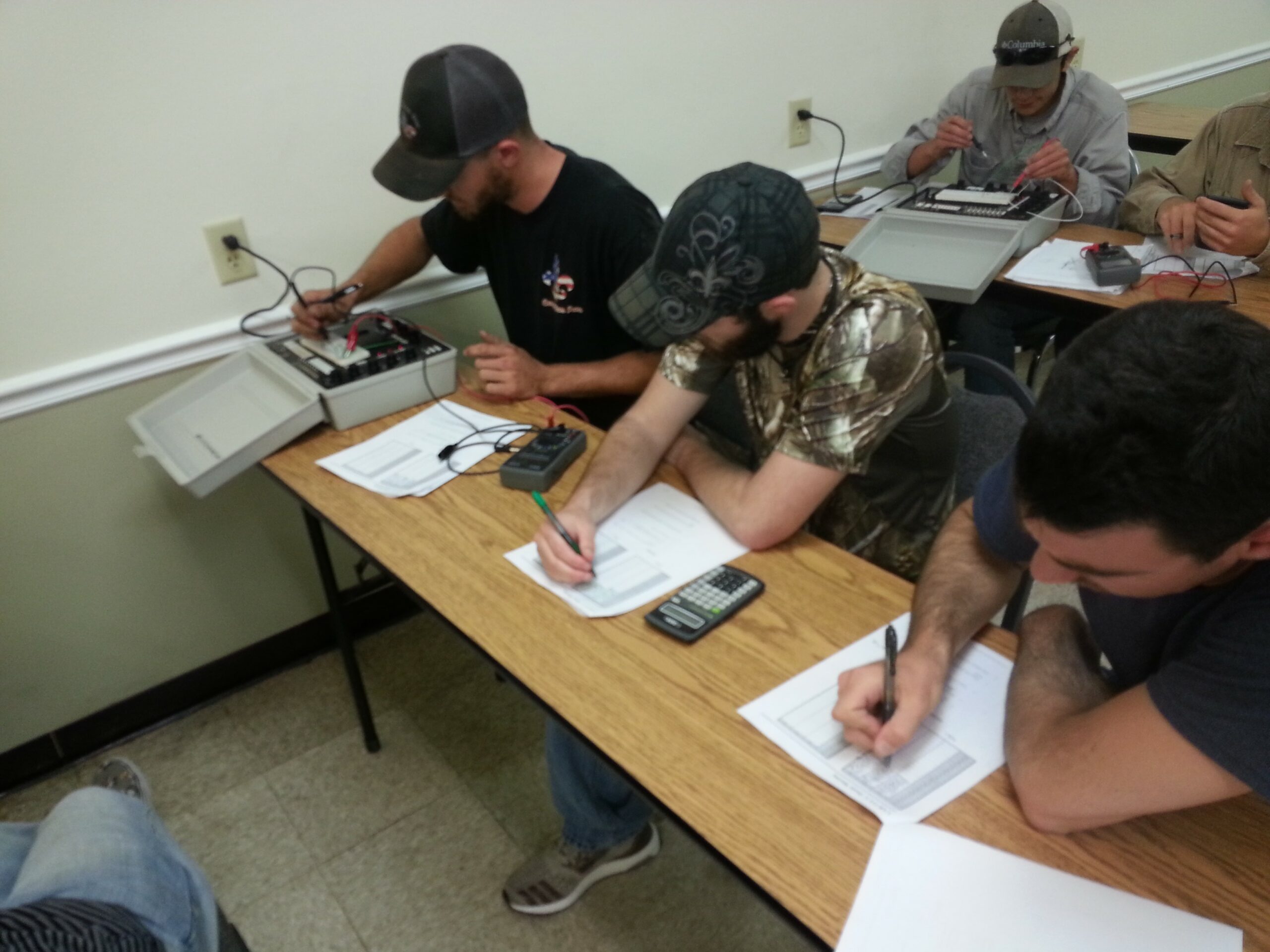The realm of instrumentation technology has undergone a profound metamorphosis in recent years, akin to a caterpillar evolving into a butterfly, equipped with new wings that allow it to soar to unprecedented heights. This transformation is driven by an intricate interplay of emerging technologies that are not merely embellishments but are fundamentally reshaping the very fabric of how we perceive and harness instrumentation.
At the heart of this advancements lies the integration of Internet of Things (IoT) technology. Imagine a vast orchestra, where each instrument is not a mere entity but a part of a cohesive symphony—this is the essence of IoT in instrumentation. By embedding sensors within various devices and instruments, data can flow seamlessly between them, allowing for real-time monitoring, analysis, and control. The orchestral harmony created by this interconnectedness enhances efficiency and decision-making, which is paramount in sectors such as biomedical engineering, process technology, and environmental monitoring.
In addition to IoT, the infusion of artificial intelligence (AI) has begun to take center stage as a dynamic conductor of information. AI algorithms are able to analyze vast datasets, extrapolating correlations and insights that elude human analysts. This is particularly apparent in fields like predictive maintenance, where AI forecasts potential instrument failures before they occur. Just as a seasoned pilot relies on an autopilot system to navigate through turbulent skies, industries now depend on AI systems to streamline operations and mitigate risks within instrumentation frameworks.
Another pivotal advancement is the burgeoning field of nanotechnology, which operates at the atomic and molecular scale, revealing opportunities for instrumentation that were previously unfathomable. Imagine harnessing the prowess of tiny machines, often smaller than a cell, to perform tasks with unyielding precision. Nanomaterials can provide superior sensitivity and selectivity in sensors and devices, leading to breakthroughs in health monitoring and environmental sensing. These miniature titans are not just tools; they are the vanguard of a new era that promises to enhance our capabilities in ways we have yet to fully comprehend.
Moreover, the advent of advanced materials—such as graphene, a single layer of carbon atoms arranged in a two-dimensional lattice—has markedly transformed the landscape of instrumentation. Graphene boasts extraordinary properties, including exceptional electrical conductivity and mechanical strength, making it an ideal candidate for sensors and electronic components. The echo of this material’s potential resonates throughout the instrumentation field, inspiring innovations that promise faster, more accurate measurements while reducing energy consumption.
Equally compelling are the strides made in automation and robotics, which have heralded a seismic shift in the instrumentation landscape. Automation facilitates the execution of repetitive tasks at an efficiency level unattainable by human hands, allowing skilled personnel to focus on more intricate analytical challenges. Envision an intricate clockwork mechanism, where every gear interlocks in flawless synchronization—this embodies the essence of automated instrumentation. Such systems enhance productivity in sectors like manufacturing, where precision and speed are paramount to maintaining competitiveness.
In addition, remote sensing technology has gained unparalleled prominence. No longer confined to terrestrial applications, it now extends into the cosmic realm, capturing data on geological formations and atmospheric conditions. Through satellite instrumentation, scientists can monitor environmental changes, illuminating our understanding of climate patterns and natural disasters. This technological prowess resembles the eyes of a hawk, perched high above, surveying its territory with acute awareness.
The integration of cloud computing has also had a transformative impact on instrumentation technology. Data that was once siloed within individual instruments or institutions can now be aggregated and analyzed in real-time on cloud platforms. This democratization of data cultivates a collaborative ecosystem, where researchers and practitioners exchange insights and methodologies as easily as sharing a conversation in a café. The cloud is akin to a vast library, housing innumerable volumes of knowledge accessible to those equipped to seek and utilize it effectively.
Furthermore, the rise of modular instrumentation introduces a fresh paradigm that encourages customization and scalability. Modular systems allow for the assembly of various components to suit specific operational needs, akin to assembling a bespoke suit where every stitch is tailored to the wearer’s specifications. In industries that demand flexibility underpinned by robust capabilities, such modular designs ensure that organizations can adapt and flourish amidst ever-evolving challenges.
As the instrumentation field continues to navigate this labyrinth of innovation, ethical considerations are paramount. The ascendance of sophisticated technologies necessitates robust discussions surrounding data privacy, security, and the implications of decision-making processes driven by artificial intelligence. These conversations must be as vibrant as the technologies themselves, ensuring that progress is not pursued at the expense of ethical integrity and public trust.
In conclusion, the instrumentation field stands at the precipice of a new epoch, characterized by technological integration and unprecedented capabilities. The advancements driven by IoT, AI, nanotechnology, advanced materials, automation, remote sensing, cloud computing, and modular design collectively resonate like the crescendo of a grand symphony. As industry leaders and practitioners embrace these innovations, the future of instrumentation technology promises to illuminate pathways that were once shrouded in ambiguity, transforming not only industries but the very essence of human achievement. The journey ahead is replete with potential and challenges, awaiting those nimble enough to soar into this brave new world.










